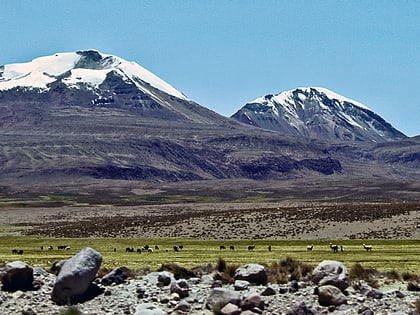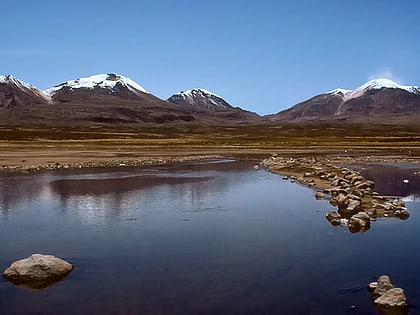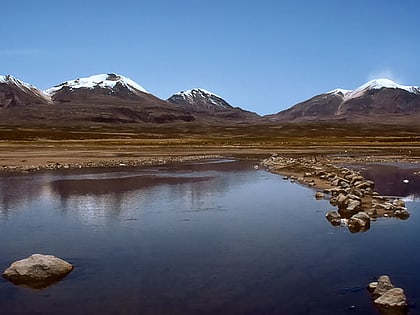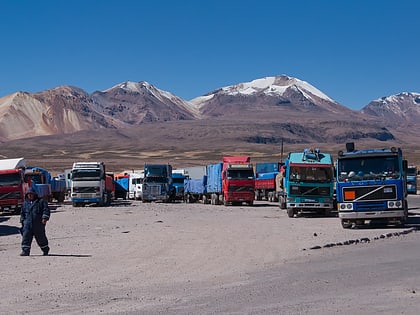Acotango
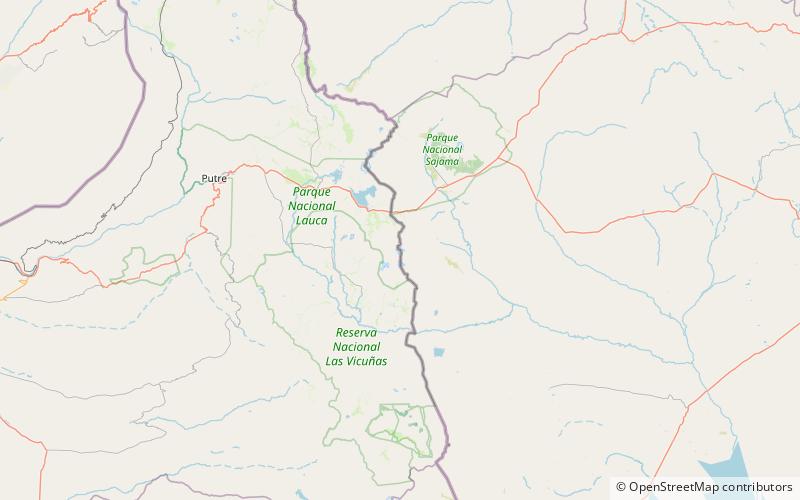

Facts and practical information
Rising majestically from the Andean landscape, Acotango is a dormant stratovolcano located on the border between Chile and Bolivia. Part of the Andean Volcanic Belt, this towering natural monument stands at an impressive altitude of 6,052 meters above sea level, offering a formidable presence in the region.
Acotango, along with its neighboring volcanoes Capurata and Humarata, forms a volcanic complex that is often referred to as the Nevados de Quimsachata. Its last known eruption is believed to have occurred around 5,000 years ago, and since then, it has slumbered, with no recent activity recorded.
Despite its dormant status, Acotango is a popular destination for mountaineers and adventure seekers. The ascent to the summit is considered a non-technical climb, though the high altitude and potential for harsh weather conditions demand proper acclimatization and preparation. From the peak, climbers are rewarded with breathtaking views of the surrounding Andean landscape, including a vista of the vast Salar de Uyuni salt flat to the east in Bolivia.
Acotango's slopes are also of geological interest. The volcano is part of the Central Volcanic Zone of the Andes, a region known for its high concentration of volcanic activity and rich mineral deposits. As such, it offers valuable insights into the tectonic processes that have shaped the Andes over millions of years.
In addition to its geological significance, Acotango holds cultural importance for the local Aymara communities. The Aymara people have lived in the Andes for centuries and have a deep connection to the mountains, which play a central role in their cosmology and traditions.
Arica and Parinacota
Acotango – popular in the area (distance from the attraction)
Nearby attractions include: Cerro Capurata, Guallatiri, Kimsa Chata, Umurata.
